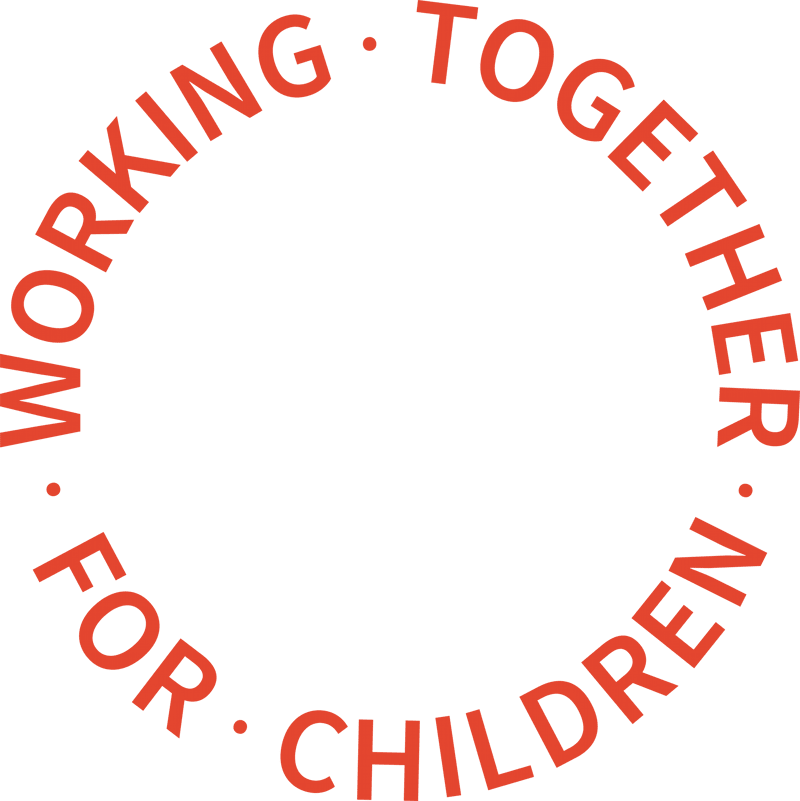Just over a third of serious incidents occurred while family court proceedings were ongoing, research by Cafcass has found.
A study of 97 Serious Case Reviews found by Cafcass found that in 36% of cases Cafcass was involved with the child at the time of the index incident.
“In a further 39% of cases we had previously known the child,” said the report. “In 25% of cases we did not previously know the child but knew another family member or proceedings were started in respect of the child after the serious harm that triggered the SCR.”
The research found that a substantial majority of incidents were known or thought to have been perpetrated by family members. Fathers were most frequently identified as the suspected perpetrator, but mothers or groups (one/both parents and others) were also often suspected perpetrators.
In eight of the 97 cases the known or suspected perpetrator of the index incident was a member of the extended family, some of whom were Special Guardians.
Men and women were suspected perpetrators of a similar number of incidents of homicide. However, in the few cases of homicides, the report notes how fragile the mental health of some of the female perpetrators seems to have been and how the male perpetrators had histories of domestic abuse and control.
National Child Care Policy Manager Richard Green said: “We also looked at who was known or thought to have been the perpetrator of the incident. We found that the vast majority were family members. There were very few exceptions, and these were mostly cases of child sexual exploitation.”
The study highlights that domestic abuse was the most common risk factor in SCR cases, present at varied risk levels in 71% of the SCRs. Domestic abuse is frequently perpetrated by the father or male partner. However, in 48% of cases featuring domestic abuse, the person thought to have killed or harmed the child was not the alleged domestic abuse perpetrator.
SCR submissions showed that in some cases the risk posed by the violent adult may have masked other less evident risks. “We found many different contexts in which the incident took place, presenting significant challenges for those charged with safeguarding children,” says Richard. “The suspected perpetrator of the serious incident was not necessarily the person that was thought to pose the greatest risk during proceedings. Some children were harmed or died in an alternative placement, or at the hands of the parent considered to be the ‘safe’ one.”
While SCRs do not have predictive value, they do add to our understanding of risk and practice strengths. Cafcass ensures that the learning from fatal or serious maltreatment of children is identified and cascaded at an early stage through a review of the file conducted by the National Improvement Service (NIS).
“SCRs rarely produce new learning, other than when they ‘break new ground’, for example when we contributed to SCRs on child sexual exploitation some years ago. For the most part their value lies in telling us what we already know about what distinguishes strong practice from weak,” said the report.
“We present a number of examples of how the quality of service is raised or lowered by attention to front-loading of the work, planning, sound recording, systematic attention to the needs of the child, and a crisp analysis,” it concluded.
Cafcass learning from SCR submissions


